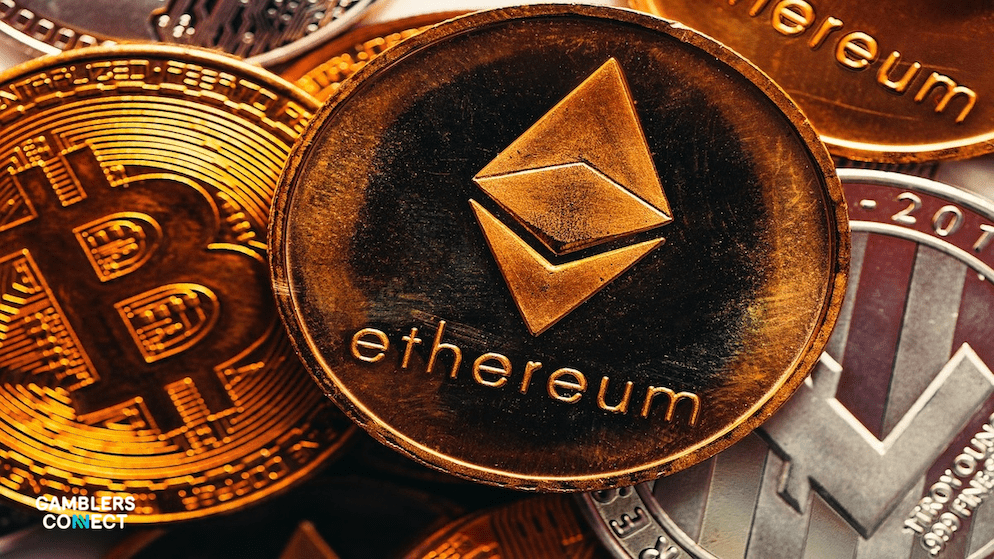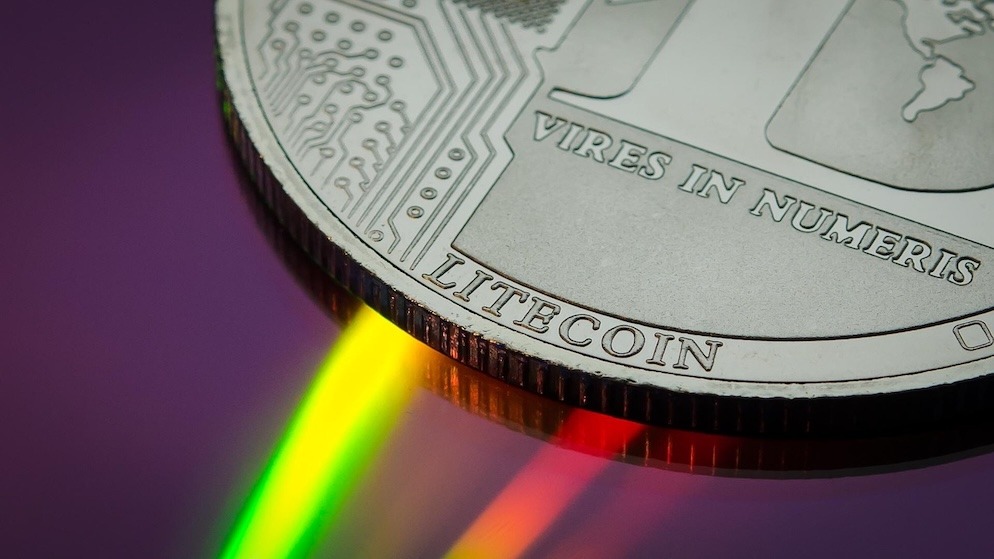
The Cycle of Skepticism: Why the Question “Is Crypto Dead” Resurfaces
The persistent and often dramatic question of is crypto dead continues to dominate financial discussions across every major platform, from institutional trading desks to conversations shared on Reddit. Despite a spectacular bull run earlier in the year that saw Bitcoin hit record highs, the market currently finds itself in a period of intense correction, leading many to declare once again that crypto is dead.
This comprehensive guide will dissect the structural, technological, and regulatory shifts defining late 2025, providing a rigorous analysis of why, despite significant price volatility and the collapse of speculative bubbles, the foundational technology and the overall market ecosystem are, in fact, entering a phase of robust, institutional-backed maturation.
The answer to the frequent query, is crypto dead, lies not in the daily price charts but in the deeper integration of decentralized technology into global finance.
The Late 2025 Market Correction: Wiping Out Gains
The final quarter of 2025 has been characterized by sharp turbulence, fueling the popular narrative that crypto is dead. After Bitcoin’s rally to a peak above $126,000 in early October, the price reversed sharply, falling below the $100,000 level and erasing all of its 2025 gains. This rapid decline has placed the market in “extreme fear territory,” marking a decline of approximately 27% from its most recent high.
Unlike the severe “Crypto Winter” of 2022, which was driven by widespread fraud and catastrophic exchange failures, the current downturn is largely a profit-taking cycle. Data indicates that institutional and large investors (“whales”) are selling at a net profit, rather than being forced into capitulation or margin calls.
This is a sign of market maturity, not collapse, but it creates the visual impression that crypto is dead for retail investors. The sustained tightening of global liquidity and delays in expected interest-rate cuts have made risk assets like Bitcoin highly sensitive to global economic conditions, contributing to the volatility that tempts observers to suggest crypto is dead.
The Reddit and Social Media Sentiment
The sentiment surrounding whether is crypto dead is often amplified in online communities, particularly on platforms like Reddit. The search term is crypto dead reddit often pulls up threads filled with both panic from new investors and cynical declarations from long-time skeptics.
Historically, periods of “extreme fear” on these platforms have often preceded periods of market resurgence, suggesting the emotional conviction that crypto is dead is a psychological indicator rather than a structural one. The question “is tectonic crypto dead” is frequently asked on these forums, reflecting deep investor concern over smaller projects that lack the institutional backing of core assets.
The Institutional Reality: Integration into Traditional Finance
ETFs and Mainstream Access
Despite the volatile price action, structural adoption by global financial institutions (TradFi) confirms that the ecosystem is thriving and is far from the point where one can credibly state that crypto is dead. The approval and subsequent operational success of Bitcoin Exchange-Traded Funds (ETFs) in the U.S. mark a watershed moment. ETFs have eliminated major barriers to entry for large institutional players, including pension funds, financial advisors, and major family offices, allowing them to purchase Bitcoin effortlessly alongside traditional equities.
This ensures that deep institutional liquidity is perpetually available, mitigating the risk of total market collapse. The sheer scale of capital deployed in 2025, reaching an estimated $42.7 billion in institutional inflow, underscores a profound institutional belief in the asset class’s long-term viability. The fact that major banks like JPMorgan are now accepting Bitcoin as collateral further cements the notion that crypto is dead is a ludicrous claim.
The Maturation of Stablecoins
The normalization and exponential growth of stablecoins represent one of the clearest signs that crypto is dead is far from accurate. Monthly adjusted stablecoin transaction volume approached $1.25 trillion in September 2025. This activity is largely uncorrelated with broader crypto trading volume, indicating robust non-speculative, transactional use. Stablecoins have achieved true product-market fit as a digital currency primitive.
This volume significantly surpasses the transaction throughput of many traditional payment processors, with Tether and USDC accounting for 87% of the total stablecoin supply. This high-volume activity demonstrates the growing reliance on these digital assets for global commerce and settlement.

Regulatory Clarity: Building the Foundations for Long-Term Growth
MiCA: The European Gold Standard
Regulatory ambiguity has historically been a major risk factor, contributing to the perception that crypto is dead during downturns. However, the regulatory environment in late 2025 is shifting toward clarity and support. The European Union’s Markets in Crypto-Assets Regulation (MiCA) has entered into force, and its implementing measures are rapidly being developed.
MiCA institutes a uniform legal framework across all EEA jurisdictions, governing the issuance, trading, and supervision of crypto-assets not currently covered by existing financial legislation. This framework supports market integrity and financial stability, and its long-term impact is expected to accelerate institutional participation by establishing clear, consistent rules, fundamentally invalidating the claim that crypto is dead.
U.S. Legislative Progress
In the U.S., a bipartisan consensus is emerging that acknowledges crypto’s permanent role in the financial system. The passage of the GENIUS Act and the House approval of the CLARITY Act signal progress toward a framework for stablecoins and market structure that balances innovation with necessary oversight. Executive orders have been used to reverse previous anti-crypto directives, creating cross-agency task forces to modernize federal policy. This movement away from regulatory hostility clears the path for builders and further undercuts the pessimistic view that crypto is dead.
Dissecting the “Dead” Altcoins and Sectors
The Status of Tectonic and Cronos
The question “is tectonic crypto dead” often arises due to the volatile price action of its native token, TONIC. Tectonic, which operates on the Cronos platform, is an algorithmic-based money market protocol. While speculative returns are low and its price has fallen severely, the protocol itself remains operational, built on a proven money market architecture. It still serves a use case by enabling users to deposit assets for yield or borrow assets using collateral. The related question, is cronos crypto dead, is more decisively answered in the negative. Cronos (CRO) saw a significant surge in late 2025, driven by key fundamental developments. The network is undergoing continuous technological upgrades and is focusing on highly relevant sectors like Real-World Asset (RWA) tokenization and AI-native blockchain integration. Strategic partnerships provide robust growth levers, indicating that is cronos crypto dead is entirely untrue.
Internet Computer and Other Layer-1s
The Internet Computer Protocol (ICP) is another token frequently mentioned when questioning if is icp crypto dead. While ICP trades far below its all-time high, with demand weakened by past controversies, the DFINITY Foundation continues technological development focused on scalability and decentralization. Its focus on canister smart contracts suggests long-term potential. While adoption remains low, technological advancements and a dedicated vision mean that is icp crypto dead is an exaggeration; it is simply undergoing a period of intense struggle and low user engagement, hoping for a future revival.
The State of Crypto Gaming
The narrative of is crypto gaming dead has also gained traction in 2025 due to declining sentiment and venture capital funding issues. Many projects have faced budget shortfalls and team reductions. The biggest issue is the misalignment of incentives: most players are focused on speculative token returns rather than genuine gameplay. However, the events of 2025 are widely viewed as a “cleansing” or “reset” for the sector.
While funding has dried up for projects focused purely on speculative Play-to-Earn models, innovation is shifting toward integrating functional NFTs and building games that prioritize quality and genuine fun, suggesting that is crypto gaming dead is a premature judgment; the sector is simply maturing and rebuilding on more sustainable foundations.
The Viability of Crypto Mining
Is Crypto Mining Dead?
The question, is crypto mining dead, addresses profitability, not existence. Mining is not dead, but it has entered a much tougher, professionalized phase. Bitcoin’s difficulty adjustment is designed to ensure that blocks are found every 10 minutes, regardless of the amount of mining power. If miners stop (due to low profitability), the difficulty automatically adjusts downward to compensate, ensuring the network remains operational. The massive costs associated with electricity and specialized ASIC hardware mean that retail GPU mining is largely unprofitable.
Some major mining firms are even pivoting to more lucrative AI infrastructure, leveraging their massive power capacity. However, mining is fundamentally an economic process: if miners stop, supply growth slows, the price may rise, and profitability returns, ensuring that is crypto mining dead is a false premise; it is merely undergoing a profitability cycle.
The Future of Crypto: 2026 and Beyond
Tokenization of Real-World Assets (RWA)
Looking past the current volatility, the future of crypto, blockchain technology, and its related markets is defined by increasing integration into the core infrastructure of global commerce. The belief that is crypto dead will soon be permanently retired. Tokenization is poised to be a dominant trend, representing real-world assets like bonds, private credit, and real estate as digital tokens on a blockchain. This allows for instant settlement, fractional ownership, and transparent lifecycle management of securities, driving efficiencies and attracting massive capital from traditional financial players who currently dismiss the idea that crypto is dead.
AI and Blockchain Convergence
The convergence of Artificial Intelligence (AI) and blockchain is a powerful emerging trend. Blockchain provides data provenance (proof of data origin) and ensures verifiable AI. Concepts like AI Agent SDKs and partnerships will allow AI agents to interact directly with on-chain systems, automating complex financial and data-driven tasks securely. This next evolution of technology completely undermines the notion that is crypto dead.
Enterprise Adoption and Trust
Enterprise blockchain will continue to provide a secure provenance layer across industries, from IoMT (Internet of Medical Things) to pharmaceutical supply chains. Blockchain provides greater trust, enhanced security, and increased efficiency by eliminating the need for time-consuming record reconciliations via distributed, immutable ledgers. Enterprises that adopt blockchain have reported significant improvements in ROI, directly linking the technology to tangible, scalable financial benefits.
Scalability and Layer 2 Solutions
To address core limitations, Layer 2 (L2) solutions on networks like Ethereum and Bitcoin are expected to become mass adopted, dramatically improving transaction throughput and lowering related costs. Innovations such as zero-knowledge rollups will enable faster, lower-cost DeFi and payments, setting the stage for the next phase of Web3 evolution and confirming that the technology itself is constantly iterating and improving, not failing.

Final Thoughts: Beyond the Noise
The question of is crypto dead is an evergreen headline, fueled by fear, volatility, and the spectacular failures of unsustainable projects. However, the evidence from late 2025 paints a clear picture: the technology is surviving the speculative downturn by maturing into an essential financial and technological infrastructure. From the clear regulatory path set by MiCA to the trillion-dollar transactional volumes of stablecoins and the monumental investments by traditional financial firms, the crypto ecosystem is fundamentally stronger than ever.
While individual tokens like Tectonic (TONIC) may struggle and the is crypto mining dead query reflects rising difficulty, the underlying networks—Bitcoin, Ethereum, and Cronos—are actively building, integrating AI, and driving tokenization. The speculative bubble may have burst, but the utility remains, guaranteeing that the concept, technology, and market are poised for their next cycle of institutional and consumer adoption.
Frequently Asked Questions (FAQs)
Is crypto dead today?
No, is crypto dead is factually incorrect. While the market is experiencing high volatility and a sharp correction in late 2025, institutional adoption, the operation of Bitcoin ETFs, and the implementation of major regulations like MiCA confirm the ecosystem is maturing and integrating into traditional finance. The total market cap crossed $4 trillion earlier in 2025, demonstrating massive scale.
What is the status of Tectonic and Cronos?
The question is tectonic crypto dead reflects low speculative performance, but the protocol remains operational as a cross-chain money market on the Cronos chain. Is cronos crypto dead is false; Cronos (CRO) is actively growing, undergoing tech upgrades and pursuing major institutional partnerships, focusing heavily on RWA tokenization and AI integration.
Is crypto mining dead due to difficulty and cost?
The premise that is crypto mining dead is misleading. Retail mining is largely unprofitable, but the industry is highly professionalized. Bitcoin’s difficulty adjusts to ensure blocks are found consistently. Mining firms are adapting by leveraging their power infrastructure for more lucrative AI computing, but the fundamental economics ensure that mining activity returns when profitability rises, ensuring the network’s security and operation.
Is the crypto gaming sector dead?
The sentiment that is crypto gaming dead has surged due to the failure of speculative projects and token performance in 2025. However, this period is viewed as a “reset.” Innovation is now focused on building sustainable games with high product quality and functional NFTs, rather than relying solely on inflationary “Play-to-Earn” models. The sector is rebuilding on better foundations.
Why is the ICP price struggling if the technology is strong?
The question is icp crypto dead is often asked because the token trades significantly below its all-time high, facing lingering sentiment issues related to past controversies over early investor selling. While technological development continues, low user adoption and strong competition from Layer 1 rivals contribute to its price struggles, demonstrating that even technologically advanced projects can face market headwinds.
Why is the question “is crypto dead reddit” so popular during market downturns?
The query is crypto dead reddit becomes popular because Reddit is a primary venue for retail investor sentiment. During sharp price corrections, fear and panic amplify, leading to widespread declarations that the whole market is collapsing. This collective emotional response often precedes market bottoms, making the “crypto is dead” narrative a cyclical indicator of extreme investor fear.





